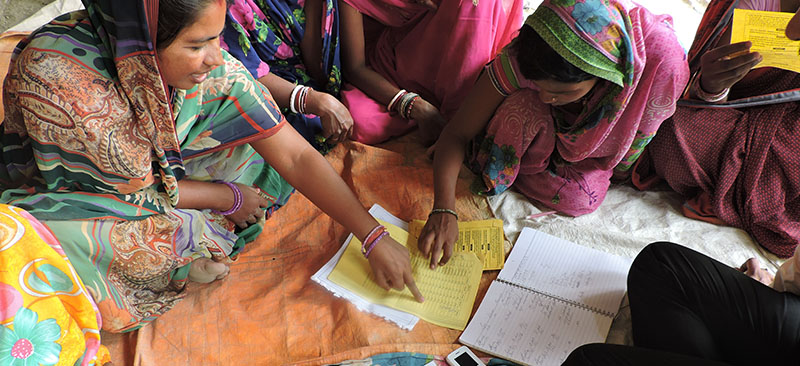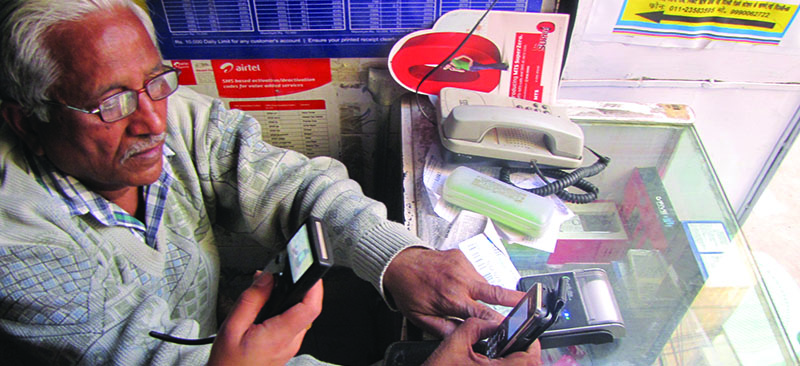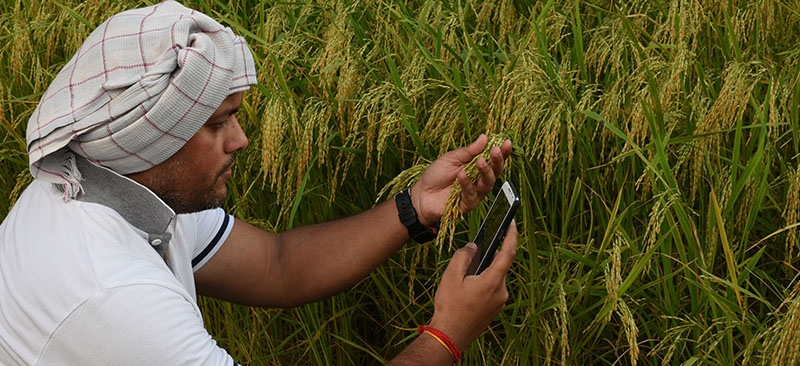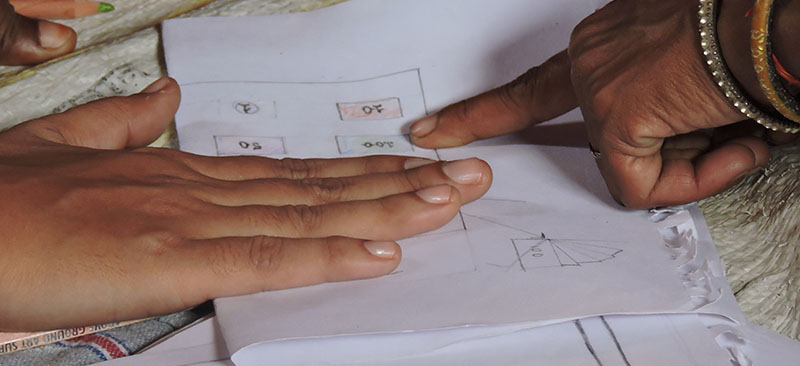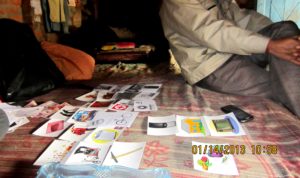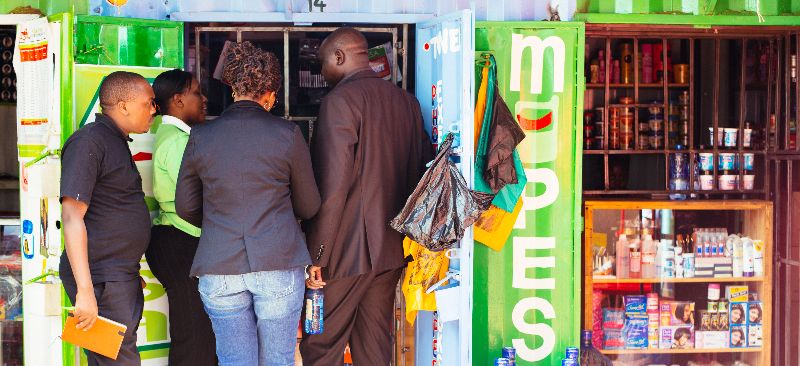Microfinance has an image problem. It has had for a while now—instances of corruption, unfair interest rates, cover-ups, suicides due to coercive collection tactics—and the real victims are inevitably not the microfinance institutions (MFIs), but their clients: poor people caught in spiraling debt and little hope of legal recourse or financial relief.
Many directly involved in microfinance and related fieldwork do not agree with skeptics like David Roodman and Hugh Sinclair and would argue that the benefits still outweigh the problems noted above. Nevertheless, the need for more rigorous review and transparency is indisputable.
But HOW exactly does one impose “transparency” and more exigent controls for institutions that are not banks, and thus not subject to local or international banking regulations, and rely heavily, in some cases, on the trust and goodwill of absentee donors?
Social Performance Management (SPM or Responsible Finance for short, since both are easier to remember) is one possible solution to refocus the mission of microfinance and to provide more concrete support for their many struggling clients.
The idea of a social bottom line is not new. UN agencies and others whose charters differ from a market-based approach would argue that social audits have underpinned their work for more than 40 years. And SPM has slightly different meanings, depending on who is proposing it as a solution for MFIs and other problems that beset financial inclusion.
In general, however, most can agree that this aspect of social performance measures how well a money-lending/savings institution has translated its social goals into practice. Even more generally, these goals break down as:
- Intention and Design: MFIs and their supporters’ mission—and how they plan to implement it (easy to assess, equally easy to succumb to dreaded “mission drift” )
- Output: Number of loans and savings accounts, and average size (relatively easy to monitor and assess)
- Outcome: Improved money management for small businesses or households (also possible to assess)
- Impact: Effects on individual and community income, savings, and longer-term effects on education, nutrition, sanitation, health, etc. (more complicated, maybe impossible to assess fully and accurately)
(For an early but helpful overview of SPM, please see this CERISE Social Performance and the CGAP Social Indicators Initiative’s report. For a broader and more in-depth look at Responsible Finance and its many components, please click here.)
All very well and good so far. But how does one actually move the guiding principles above from the reports and PowerPoint slides into early planning and daily practice? We already know the impact assessments are tough, and, no surprise, many MFIs, including credit and savings cooperatives, see SPM as too expensive, too time-consuming, or the wrong solution to the problem.
One way to shift the focus away from the institutions and their hesitations and back to the MFI customers and their needs is MicroSave’s MFI Client Protection assessment tool, known as ServQual.
Tested last year with 357 microfinance clients in India, the Philippines, and Bangladesh, ServQual yielded some rather surprising results. (Research often does which is why it is worth doing and paying attention to). In the first two countries, respondents rated fair and respectful treatment from MFIs as the most important aspect of client protection in their opinion, followed by transparency. Interestingly, complaint resolution and data privacy ranked last in the seven aspects of client protection discussed in the 82 group and individual interviews. For more about this research, please click here.
Other projects seeking to make Output, Outcome, Input and other intangible headings more concrete often use USSPM, or Universal Standards of SPM. This tool helps evaluate systems and processes for both client protection and MFI staff treatment and translates the “mission” into specific goals and measurable results. (There’s more, but these are the basics.)
“We promote breaking-down social performance into practical steps and by a degree of importance,” explains Yamini Annadanam, MicroSave’s Responsible Finance practice group leader. “Most MFIs actually have some existing practices. These standards can give them the confidence to build on what they already have. And that is more a matter of filling in a few key gaps, rather than implementing something entirely new.”
This initial engagement with the MFIs is complicated enough, as anyone involved in SPM in other parts of the world will attest, but the far harder piece is actual implementation and enforcement. One of the reasons many who believe in financial inclusion also believe banks and their regulators must play a more active role in local and global microfinance is because of money, especially other people’s money, need legally binding restrictions and penalties, in addition to universal standards and suggested codes of conduct. This protection is important for all creditors and investors everywhere, but all the more necessary for the clientele microfinance seeks to serve.
